Blog > What is ?
What is and Will it Work For Me?
Tree trimming and pruning offer numerous benefits for the health, safety, and aesthetics of your trees. Regular trimming and pruning promote tree health by removing dead, damaged, or diseased branches, allowing for healthy growth and development. These practices also improve safety by eliminating low-hanging branches near buildings, power lines, or pedestrian areas. Additionally, shaping trees through pruning enhances their natural form, improving the overall visual appeal of your landscape and boosting curb appeal. Trimming and pruning also help protect your property from storm-related damage by removing weak or overgrown branches. When it comes to determining the best approach for your trees, consulting with a professional tree care service ensures accurate assessments and tailored recommendations based on their expertise. Experience the benefits of proactive tree care through trimming and pruning, and enjoy the lasting rewards of healthier, safer, and more beautiful trees.
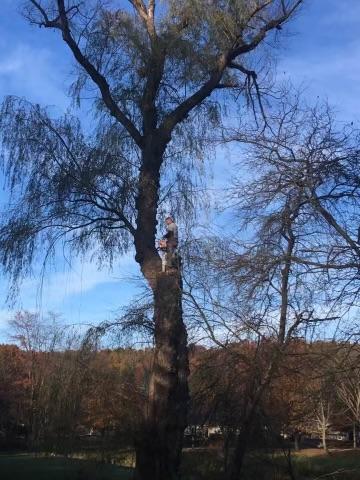
The Most Common Techniques for
When it comes to tree trimming and pruning, several common techniques are employed to achieve desired results. One widely used method is crown thinning, which involves selectively removing branches within the tree's canopy to increase light penetration and airflow. This helps reduce the risk of disease and enhances the tree's overall structure. Another technique is crown raising, where lower branches are pruned to provide clearance for buildings, pedestrians, or vehicles. Crown reduction, on the other hand, involves selectively removing larger branches to reduce the overall size of the tree while maintaining its natural shape. These techniques are essential for promoting tree health, improving safety, and creating visually appealing landscapes.
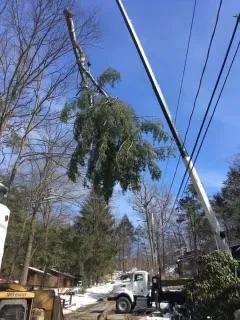
In addition to crown-related techniques, there are specific pruning methods that address different aspects of tree care. One such technique is called deadwooding, which involves removing dead or dying branches. Deadwooding not only enhances the tree's appearance but also prevents potential hazards by eliminating weak or unstable limbs. Another common method is known as canopy lifting, which involves selectively removing lower branches to elevate the tree's canopy. This technique is often used for street trees or those located near buildings, ensuring adequate clearance for pedestrians and structures. Additionally, pruning for thinning involves the removal of smaller branches throughout the tree's crown to improve light penetration, airflow, and reduce weight on heavy limbs.
It's important to note that tree trimming and pruning should be performed with care and precision to avoid unnecessary damage or stress to the tree. It is highly recommended to hire a professional tree care service that has the expertise, experience, and specialized equipment required for these tasks. Certified arborists understand the biology and growth patterns of trees and can assess their specific needs. They can accurately determine the appropriate pruning techniques to apply, considering factors such as tree species, age, condition, and overall goals. By entrusting your tree trimming and pruning to professionals, you can ensure that the right techniques are employed to promote tree health, structural integrity, and aesthetic appeal, while minimizing any potential risks or harm to the tree.
More to Know About
Tree trimming offers a myriad of benefits for the health and appearance of your trees. By selectively removing dead, diseased, or damaged branches, trimming promotes tree vitality and reduces the risk of disease and insect infestations. This practice also helps maintain a balanced tree structure, enhancing its aesthetics and contributing to an overall visually appealing landscape. Additionally, tree trimming improves safety by eliminating hazardous limbs that could pose a threat to people or property during storms or strong winds. Regular trimming allows for proper airflow and sunlight penetration, supporting the tree's overall health and minimizing the potential for storm damage.
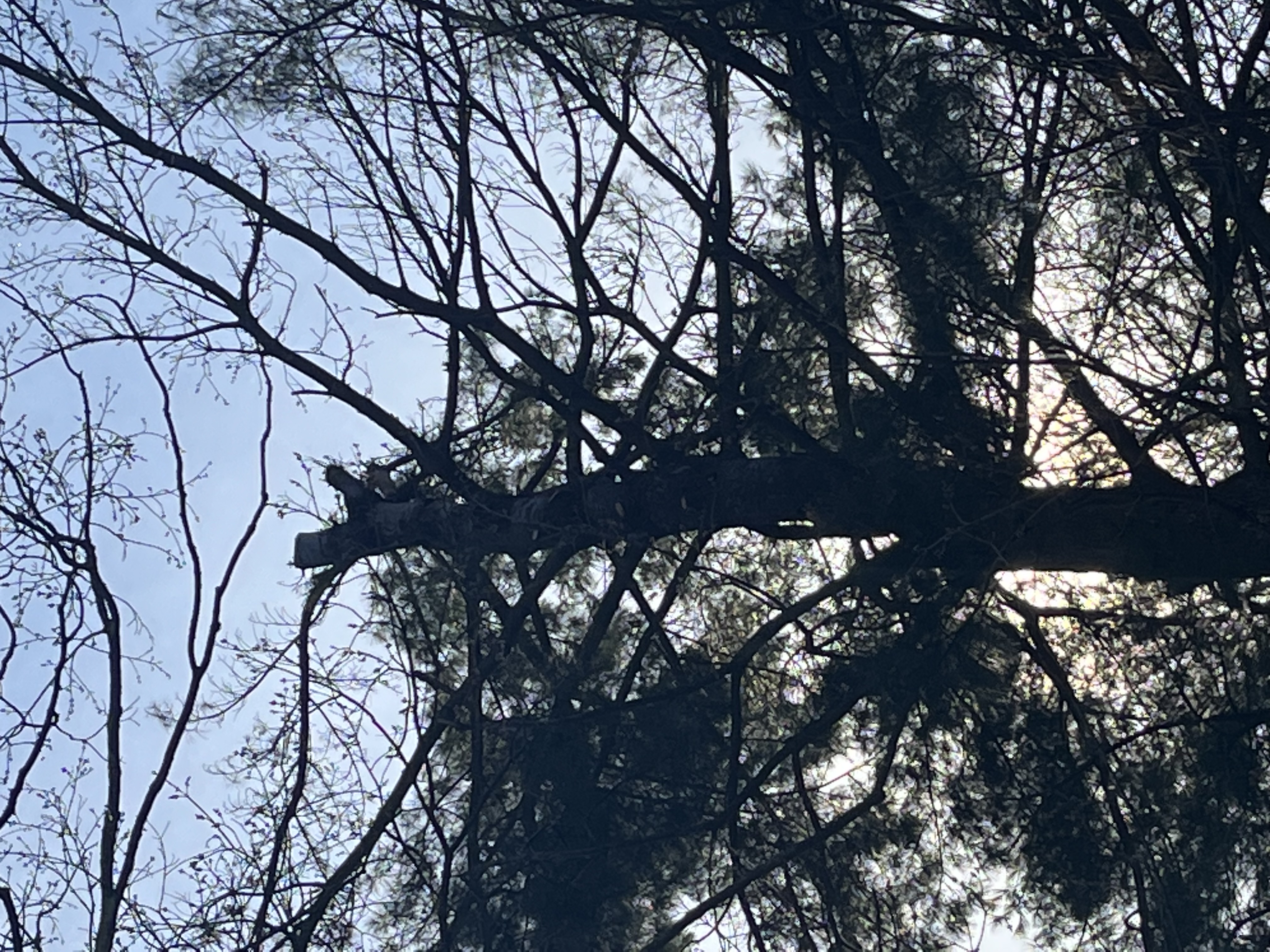
Tree pruning is another vital practice that provides numerous advantages. Pruning focuses on the selective removal of specific branches to enhance tree structure, promote growth, and improve long-term health. By removing crossing or rubbing branches, pruning reduces the risk of branch breakage and potential injuries. Pruning also encourages a strong framework of branches and stimulates new growth and fruit production in fruit-bearing trees. Moreover, it helps manage the size of trees, preventing overcrowding and maintaining a suitable height and shape for your landscape. Well-pruned trees not only look more appealing but also contribute to a safer and healthier environment for both people and the tree itself.
Tree removal, though often seen as a last resort, can sometimes be necessary for various reasons. Dead or severely diseased trees may pose a significant risk to nearby structures or individuals, making their removal crucial for safety purposes. Trees that are growing too close to power lines or interfering with infrastructure may also need to be removed to prevent accidents and service interruptions. Additionally, removing certain trees allows for better utilization of space and provides an opportunity to introduce new plantings or landscape features. Professional tree removal services ensure the safe and efficient removal of trees while considering environmental factors, local regulations, and proper disposal of tree debris.
Remember, when it comes to tree trimming, pruning, or removal, it is always recommended to seek the expertise of professional tree care services. They possess the knowledge, experience, and equipment necessary to perform these tasks safely, effectively, and in compliance with local regulations, ensuring the health and beauty of your landscape for years to come.
Contact Us
Service Hours
Social Media

Blog > What is ?
What is and Will it Work For Me?

Tree trimming and pruning offer numerous benefits for the health, safety, and aesthetics of your trees. Regular trimming and pruning promote tree health by removing dead, damaged, or diseased branches, allowing for healthy growth and development. These practices also improve safety by eliminating low-hanging branches near buildings, power lines, or pedestrian areas. Additionally, shaping trees through pruning enhances their natural form, improving the overall visual appeal of your landscape and boosting curb appeal. Trimming and pruning also help protect your property from storm-related damage by removing weak or overgrown branches. When it comes to determining the best approach for your trees, consulting with a professional tree care service ensures accurate assessments and tailored recommendations based on their expertise. Experience the benefits of proactive tree care through trimming and pruning, and enjoy the lasting rewards of healthier, safer, and more beautiful trees.
The Most Common Techniques for
When it comes to tree trimming and pruning, several common techniques are employed to achieve desired results. One widely used method is crown thinning, which involves selectively removing branches within the tree's canopy to increase light penetration and airflow. This helps reduce the risk of disease and enhances the tree's overall structure. Another technique is crown raising, where lower branches are pruned to provide clearance for buildings, pedestrians, or vehicles. Crown reduction, on the other hand, involves selectively removing larger branches to reduce the overall size of the tree while maintaining its natural shape. These techniques are essential for promoting tree health, improving safety, and creating visually appealing landscapes.
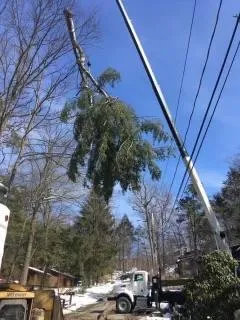
In addition to crown-related techniques, there are specific pruning methods that address different aspects of tree care. One such technique is called deadwooding, which involves removing dead or dying branches. Deadwooding not only enhances the tree's appearance but also prevents potential hazards by eliminating weak or unstable limbs. Another common method is known as canopy lifting, which involves selectively removing lower branches to elevate the tree's canopy. This technique is often used for street trees or those located near buildings, ensuring adequate clearance for pedestrians and structures. Additionally, pruning for thinning involves the removal of smaller branches throughout the tree's crown to improve light penetration, airflow, and reduce weight on heavy limbs.
It's important to note that tree trimming and pruning should be performed with care and precision to avoid unnecessary damage or stress to the tree. It is highly recommended to hire a professional tree care service that has the expertise, experience, and specialized equipment required for these tasks. Certified arborists understand the biology and growth patterns of trees and can assess their specific needs. They can accurately determine the appropriate pruning techniques to apply, considering factors such as tree species, age, condition, and overall goals. By entrusting your tree trimming and pruning to professionals, you can ensure that the right techniques are employed to promote tree health, structural integrity, and aesthetic appeal, while minimizing any potential risks or harm to the tree.
More to Know About
Tree trimming offers a myriad of benefits for the health and appearance of your trees. By selectively removing dead, diseased, or damaged branches, trimming promotes tree vitality and reduces the risk of disease and insect infestations. This practice also helps maintain a balanced tree structure, enhancing its aesthetics and contributing to an overall visually appealing landscape. Additionally, tree trimming improves safety by eliminating hazardous limbs that could pose a threat to people or property during storms or strong winds. Regular trimming allows for proper airflow and sunlight penetration, supporting the tree's overall health and minimizing the potential for storm damage.
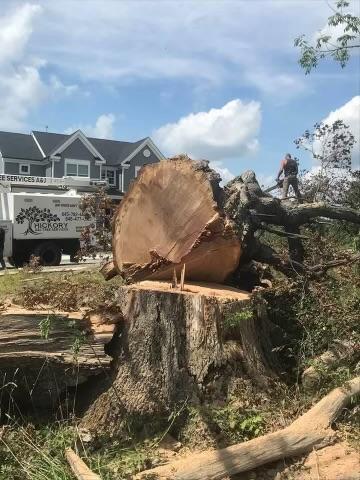
Tree pruning is another vital practice that provides numerous advantages. Pruning focuses on the selective removal of specific branches to enhance tree structure, promote growth, and improve long-term health. By removing crossing or rubbing branches, pruning reduces the risk of branch breakage and potential injuries. Pruning also encourages a strong framework of branches and stimulates new growth and fruit production in fruit-bearing trees. Moreover, it helps manage the size of trees, preventing overcrowding and maintaining a suitable height and shape for your landscape. Well-pruned trees not only look more appealing but also contribute to a safer and healthier environment for both people and the tree itself.
Tree removal, though often seen as a last resort, can sometimes be necessary for various reasons. Dead or severely diseased trees may pose a significant risk to nearby structures or individuals, making their removal crucial for safety purposes. Trees that are growing too close to power lines or interfering with infrastructure may also need to be removed to prevent accidents and service interruptions. Additionally, removing certain trees allows for better utilization of space and provides an opportunity to introduce new plantings or landscape features. Professional tree removal services ensure the safe and efficient removal of trees while considering environmental factors, local regulations, and proper disposal of tree debris.
Remember, when it comes to tree trimming, pruning, or removal, it is always recommended to seek the expertise of professional tree care services. They possess the knowledge, experience, and equipment necessary to perform these tasks safely, effectively, and in compliance with local regulations, ensuring the health and beauty of your landscape for years to come.




